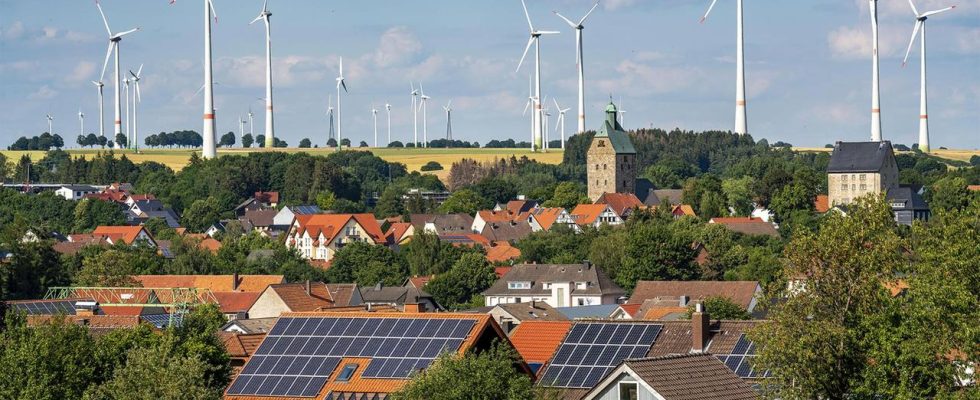The International Energy Agency expects a record increase in electricity production from renewable energies this year – especially photovoltaics. China plays a key role in this.
According to estimates by the International Energy Agency (IEA), the generation of renewable energies will increase more than ever in 2023. Global capacity additions are expected to “skyrocket by a third amid growing political support, rising fossil fuel prices and concerns over energy security,” according to an IEA report released today. Accordingly, the production of solar power should grow particularly strongly.
Soon 4500 gigawatts
The IEA also expects this growth to continue in the coming year. The total production of renewable energies should then increase to 4500 gigawatts, which roughly corresponds to the total electricity production of China and the USA.
According to the report, the main reason for the growth is mainly in China. As early as 2022, the expansion of renewables in the People’s Republic was responsible for almost half of the global capacity increases. By 2024, this proportion is expected to rise to 55 percent.
Wind energy is also being greatly expanded
According to the IEA, two-thirds of the expansion of green electricity systems expected for 2023 will be from photovoltaics. This trend will continue in 2024. “The development of large photovoltaic systems goes hand in hand with the growth of smaller systems,” the experts explained. For example, in the face of rising electricity prices, consumers tried to lower their bills by installing solar panels on their roofs.
The agency is also anticipating strong growth again in wind energy after the industry had been struggling with production difficulties for two years worldwide. A number of projects that had previously been postponed due to delivery problems are expected to be implemented from 2023. In contrast to photovoltaics, however, the supply chains for the construction of new wind turbines did not develop quickly enough to meet demand in the medium term.

